T Cell Receptor and Macrophage Interaction in Nature Medicine Cover Art
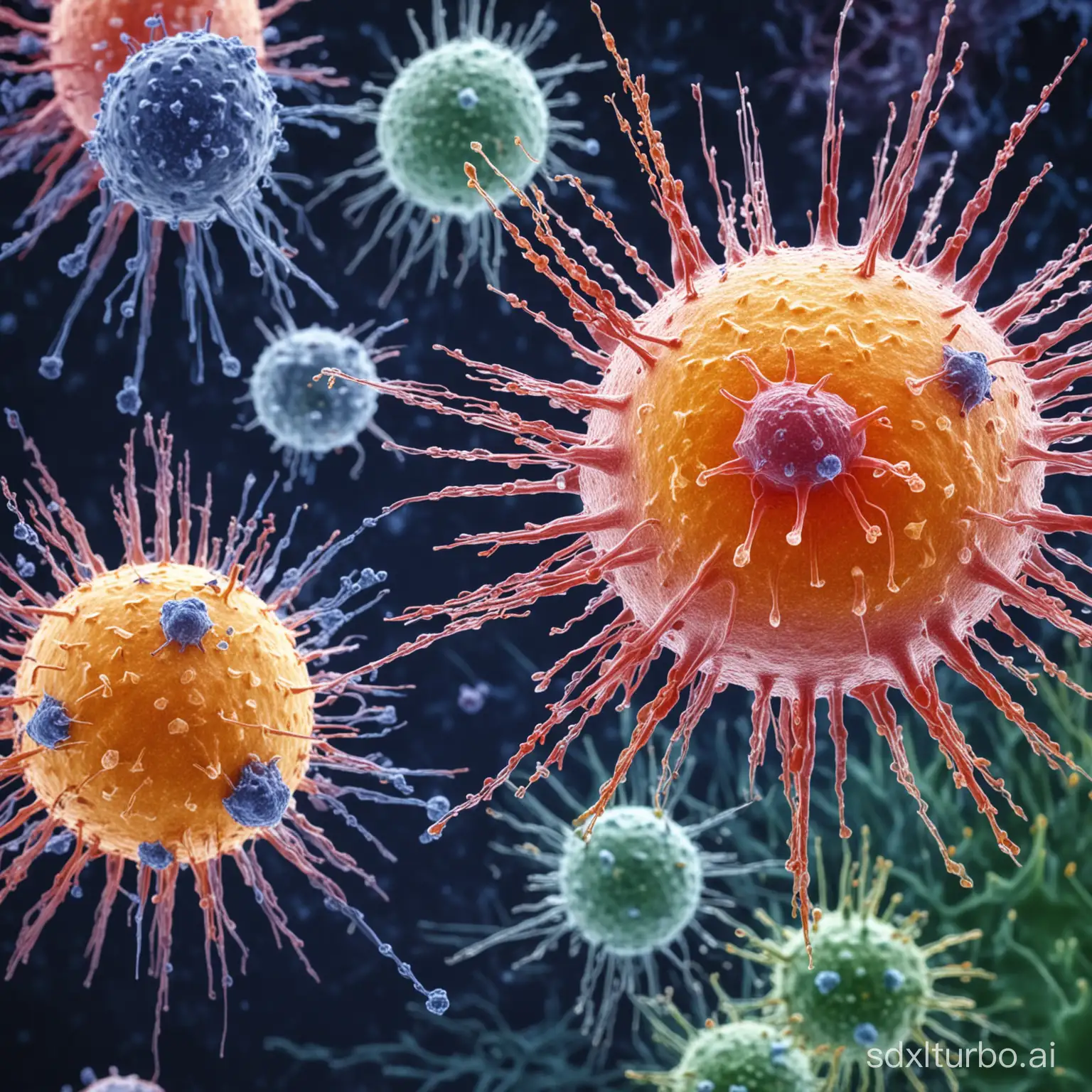
Image Prompt
Prompt
Generate an cover image for Nature Medicine showing T cell receptor and macrophage interactions.
Choose Model: realistic
Aspect Ratio: 1:1
Generated by Stable Diffusion SDXL
Related AI Images
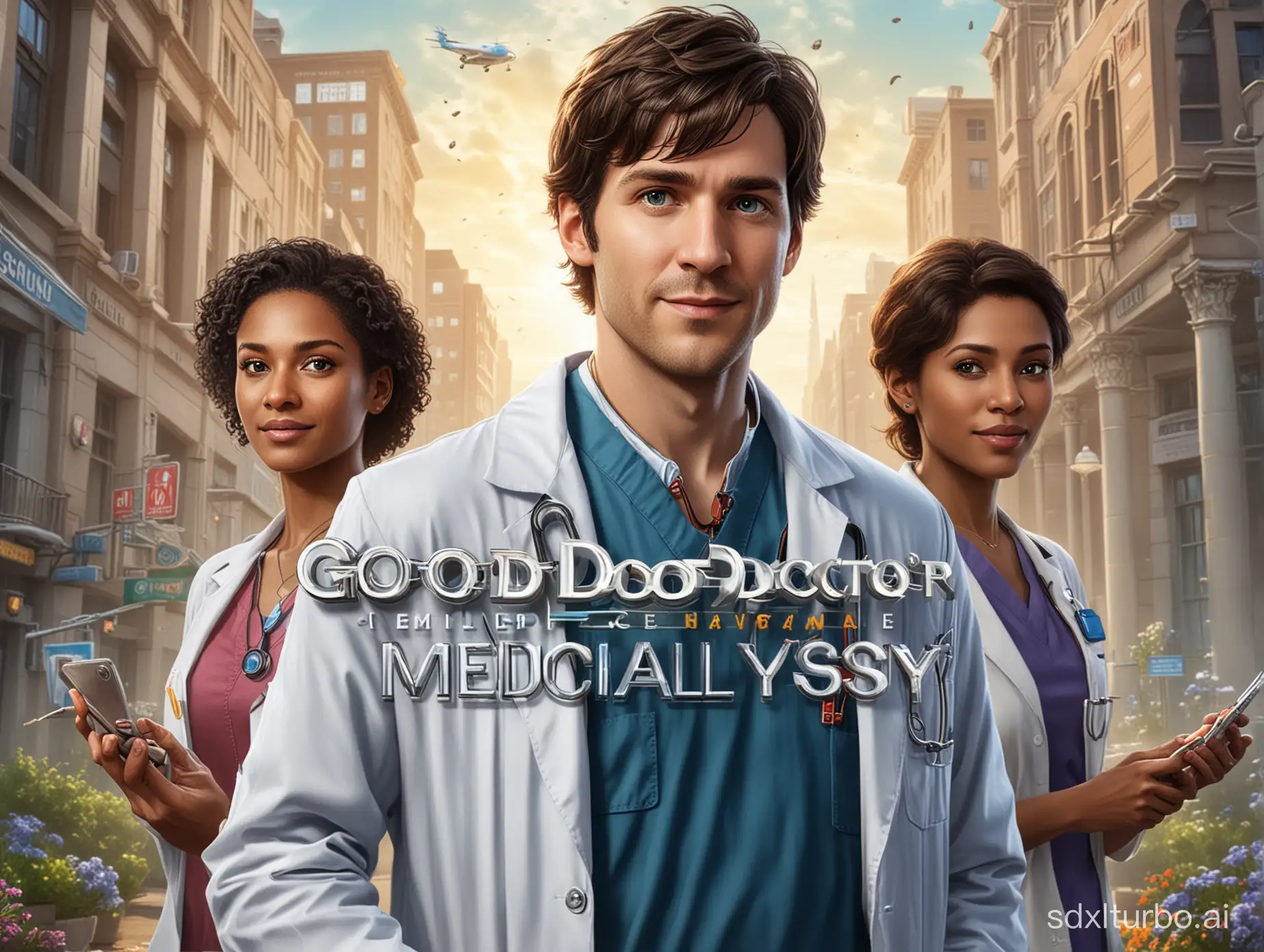
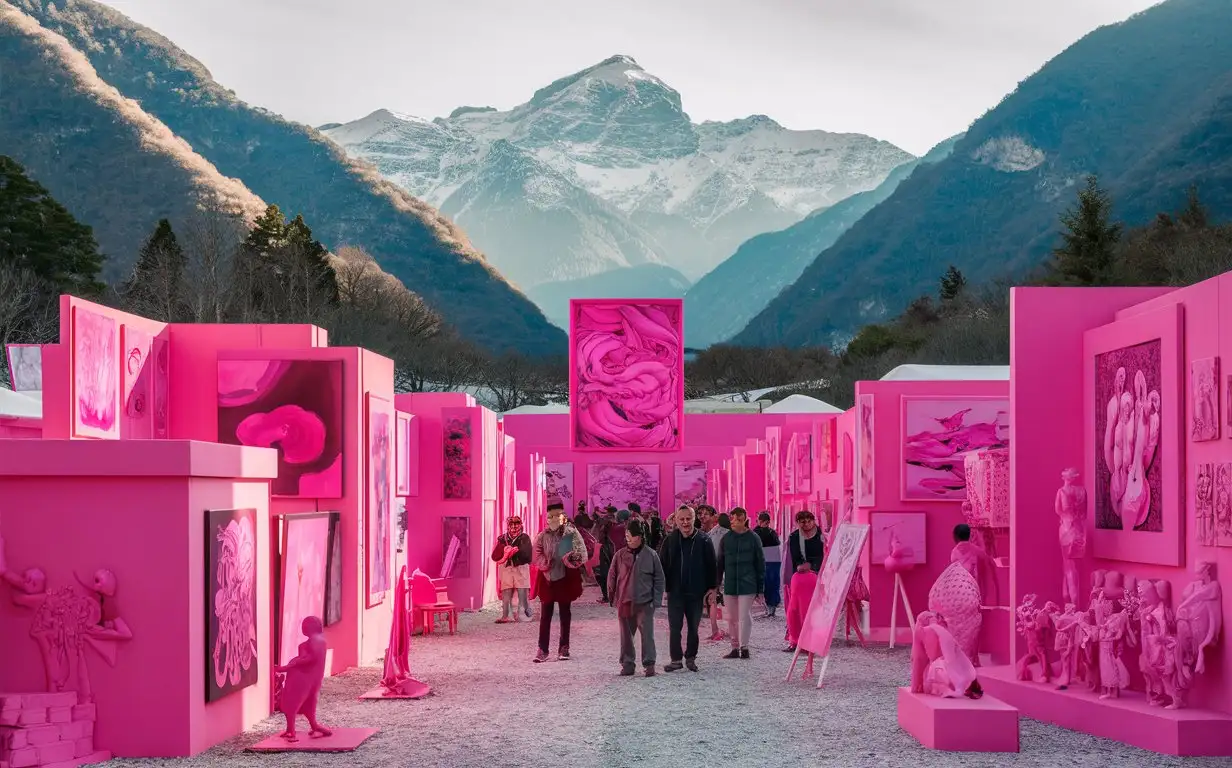


R
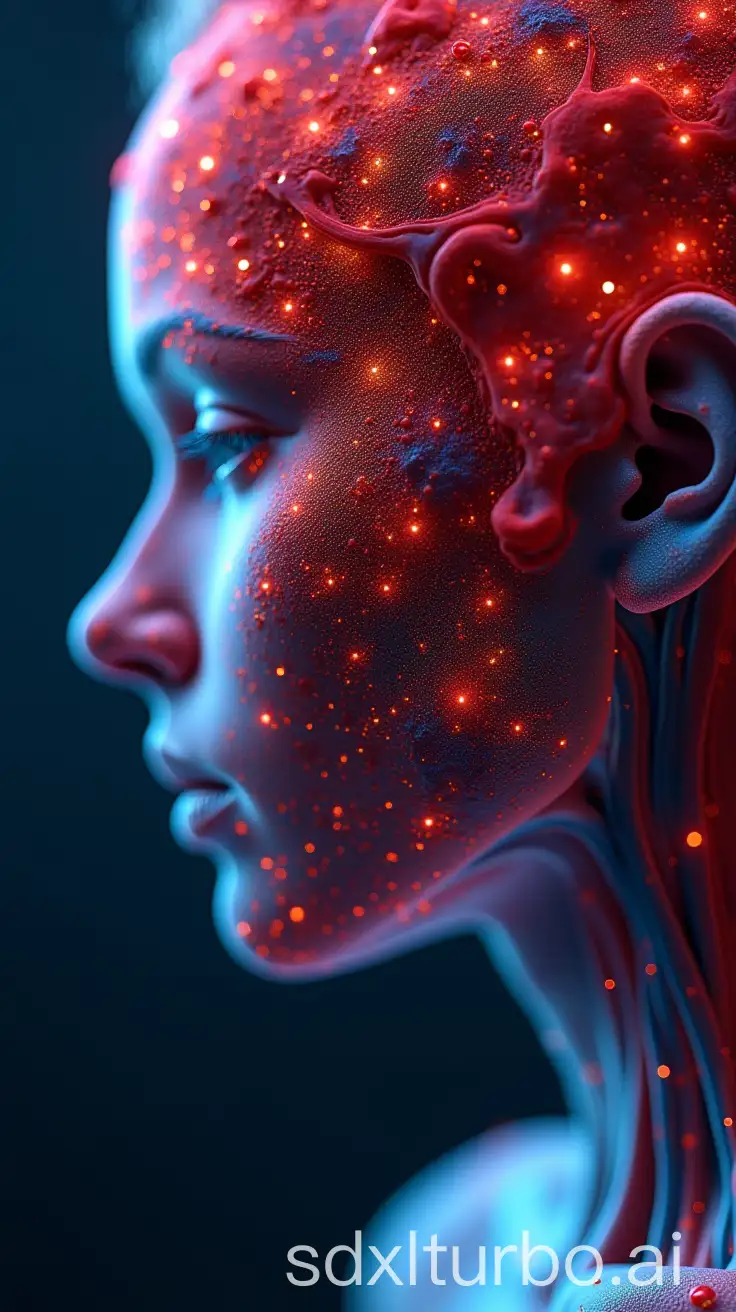
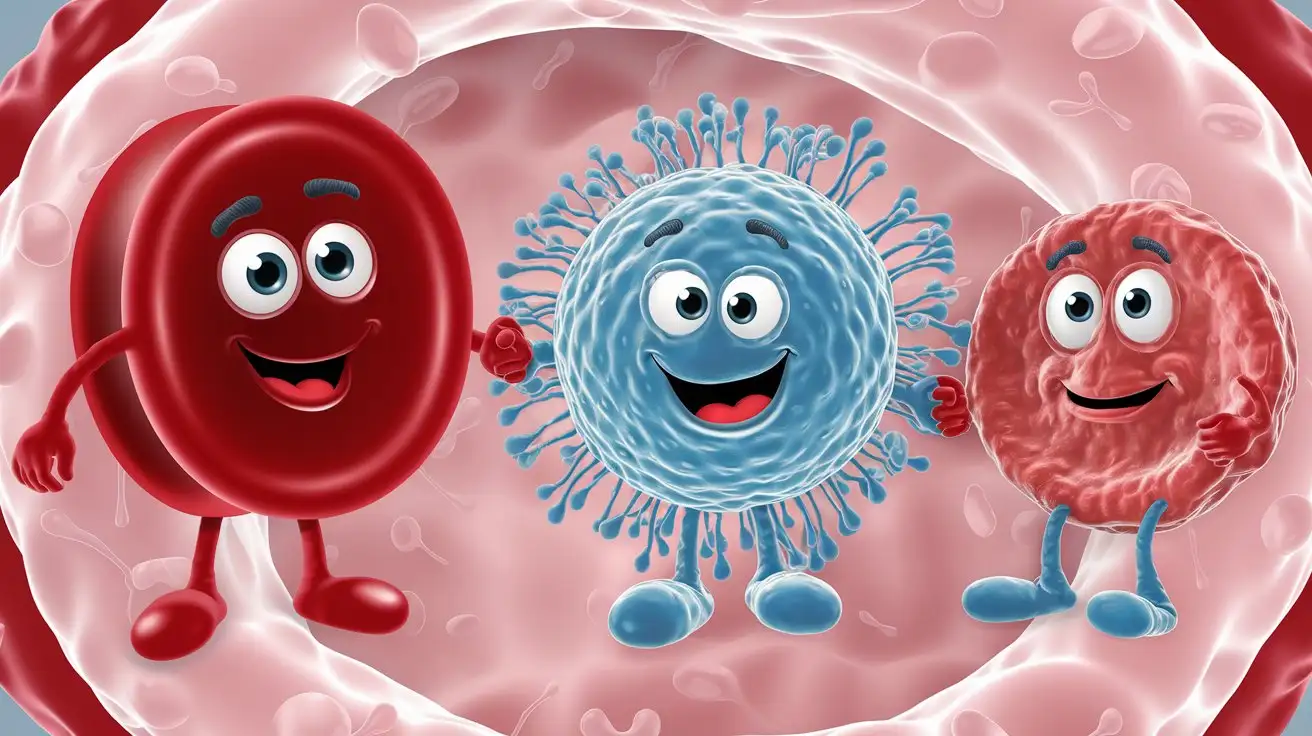
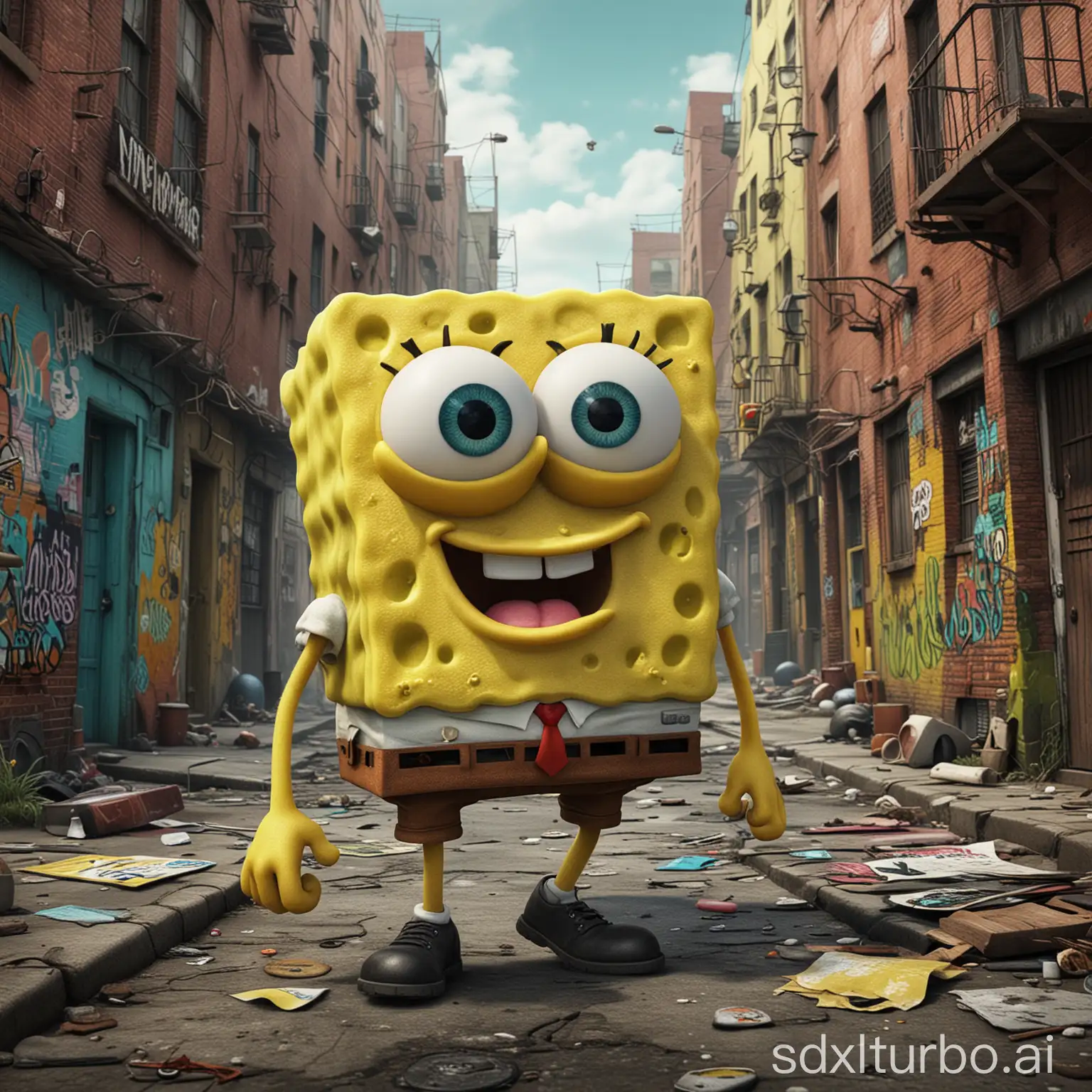

Related Tags
Prompt Analyze
- Subject: The main subjects of the image are T cell receptors and macrophages, depicting their interactions in a dynamic and visually engaging manner. The T cell receptors could be represented as vibrant, geometric shapes, symbolizing their role in immune response, while the macrophages are depicted as larger, more organic forms, conveying their function in engulfing pathogens. Setting: The setting could be a stylized representation of the human body, with a focus on the microenvironment where T cells and macrophages interact, such as within tissues or lymph nodes. The background could feature abstract elements resembling cellular structures, enhancing the scientific theme of the image. Style/Coloring: The style could be modern and sleek, with clean lines and vivid colors to capture attention. A balance between realism and abstraction could be achieved to convey the scientific subject matter effectively. Colors may include bold blues and greens to represent biological elements, with pops of brighter hues to highlight key interactions. Action/Items: The action could depict the dynamic process of T cell receptor binding to antigens presented by macrophages, perhaps with streaks or lines indicating molecular interactions. Additional items could include signaling molecules or cytokines, visually linking the immune response. Costume/Appearance: Since the subjects are cellular components, they wouldn't have traditional costumes. However, the T cell receptors could be depicted with distinctive markings or patterns to differentiate them, while the macrophages may have features like pseudopodia to showcase their mobility and phagocytic ability. Accessories: Accessories in this context could include molecular structures or labels indicating key proteins or molecules involved in the interaction, adding depth and context to the image.